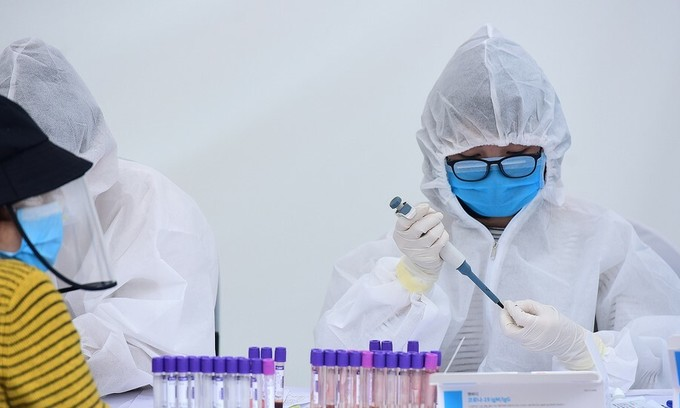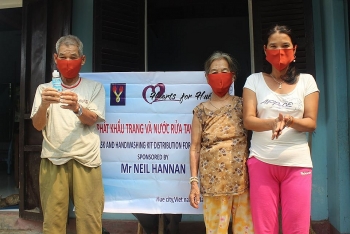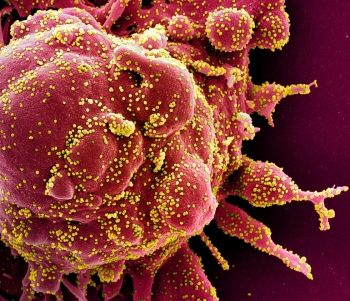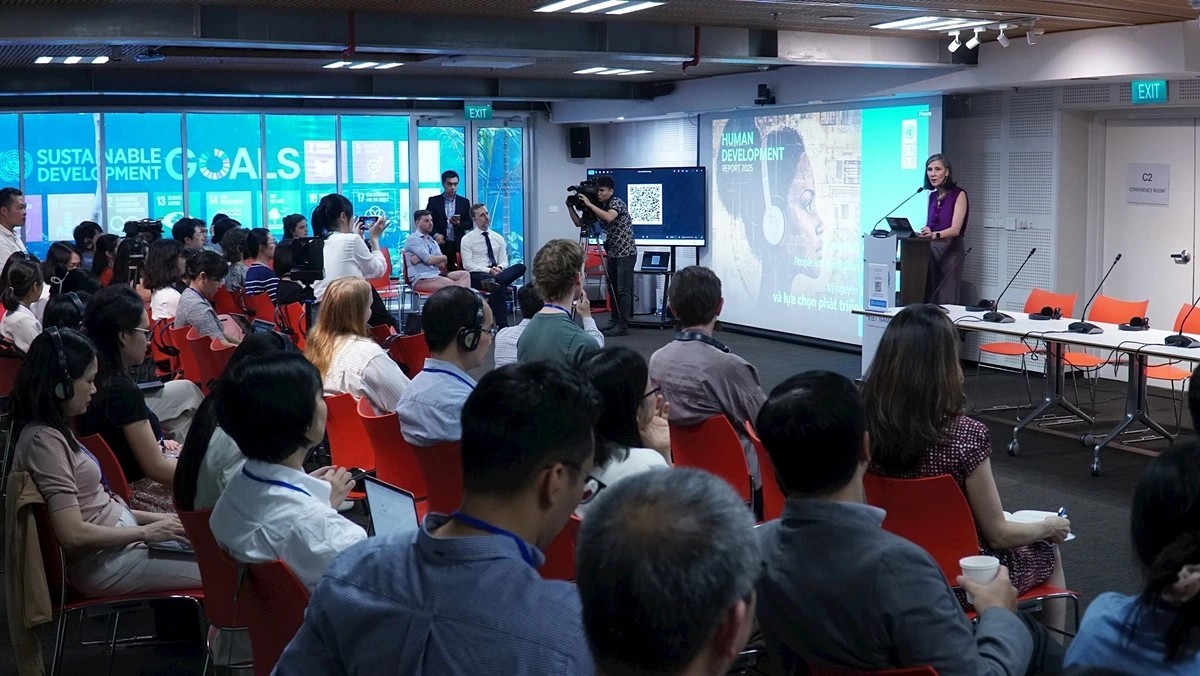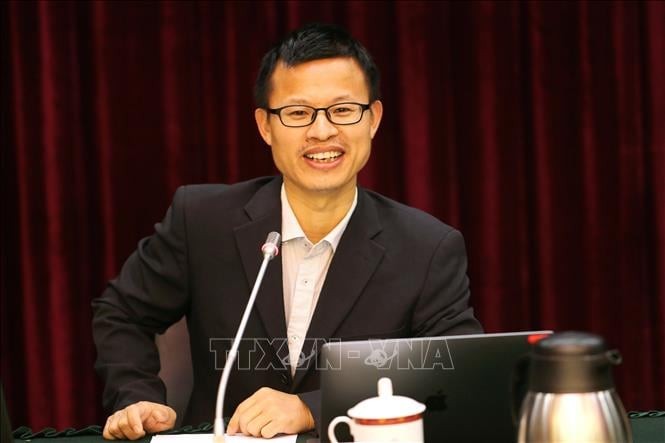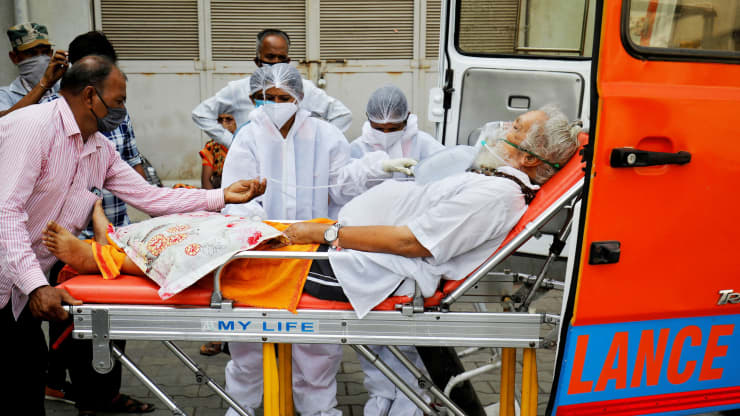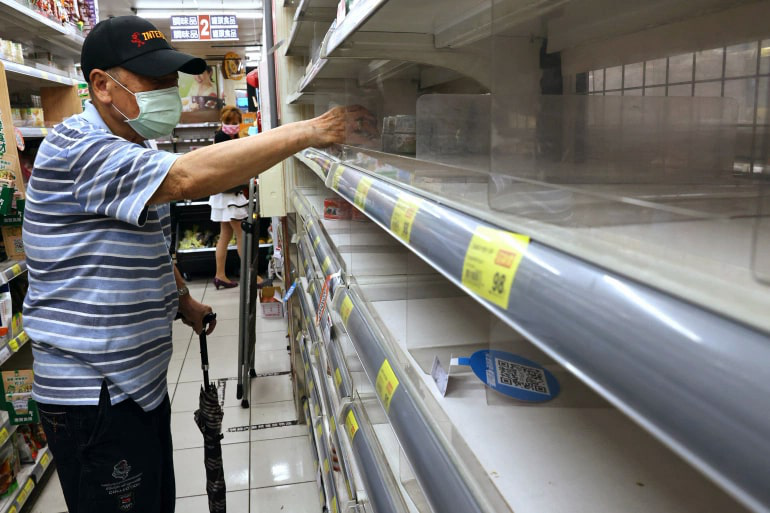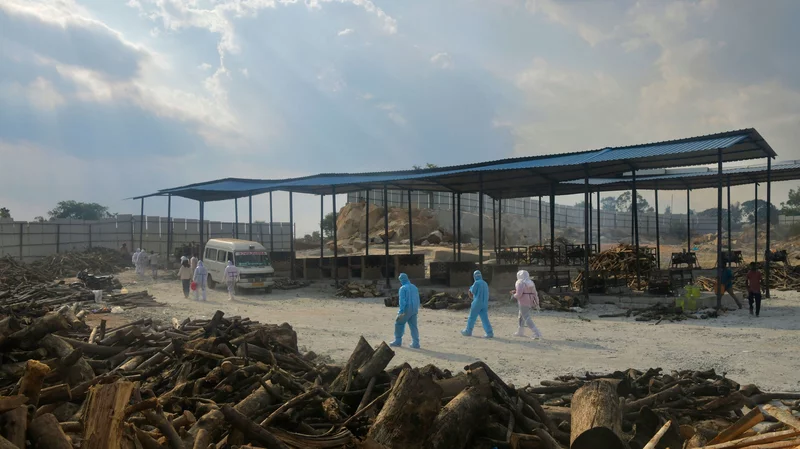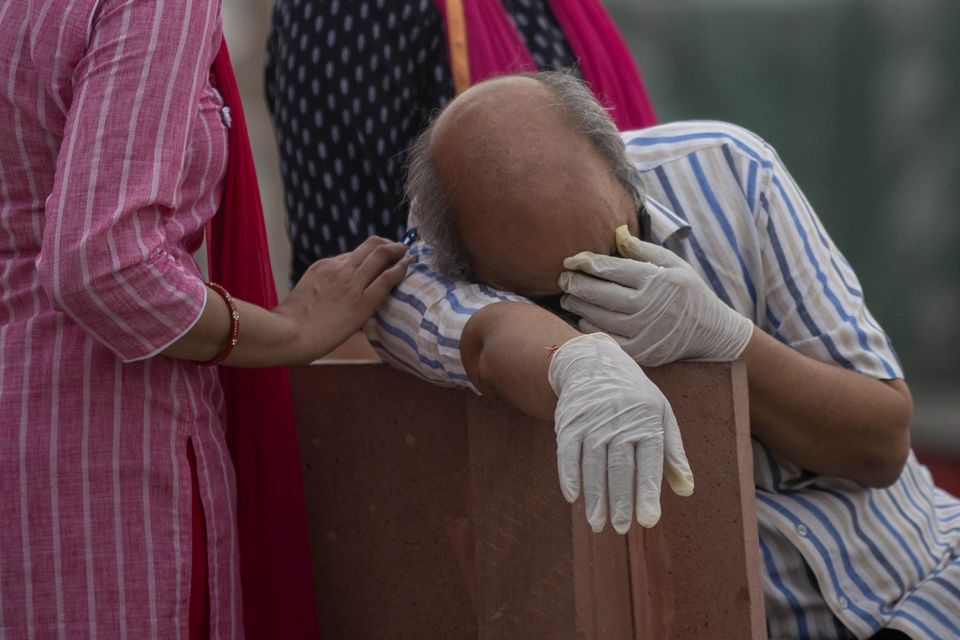Chinese flocks to tourist sites as the country easen lockdown despie warnings
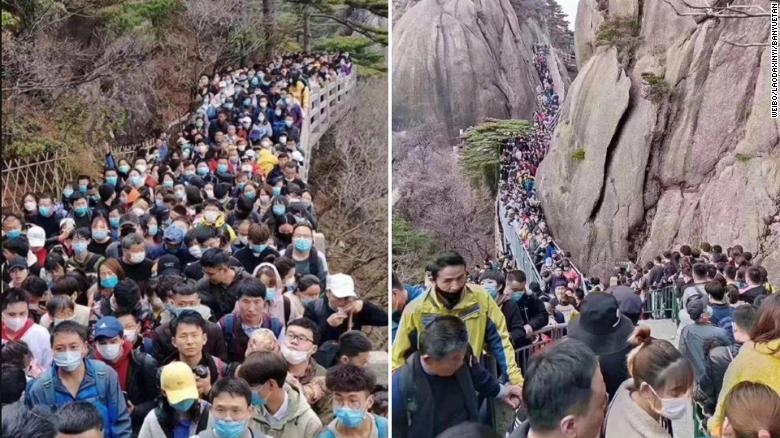 |
| People flocks to Huangshan mountain park after three months of being locked down (Photo: CNN) |
As reported by SCMP, starting from Saturday, the Anhui provincial government had been offering free entry to 29 sites, including Huangshan, to boost visitor numbers.
Visitors were asked to show their health status on an app, wear surgical masks and their body temperatures had to be checked before entering the site.
Commenting on the pictures of people scramming at Huangshan mountain park, also known as Yellow Mountains, the park authorities told SCMP: “As the park has reached its daily capacity (20,000 visitors), we would have to close and urge people to visit other sites or come to the mountains at another time”.
The popular mountain range resumed business on February 21 after closing for nearly a month during the outbreak, according to the local press, according to Daily Mail.
Pictures and videos circulated on the social media platform Weibo showing packs of visitors walking up the mountain range over the three-day Ching Ming festival.
“Tourism has been hit hard, and also its related industries,” said one Weibo comment. “But the epidemic isn’t over. If you must open the sites, you have to restrict the flow [of tourists], and those visitors from outside.”
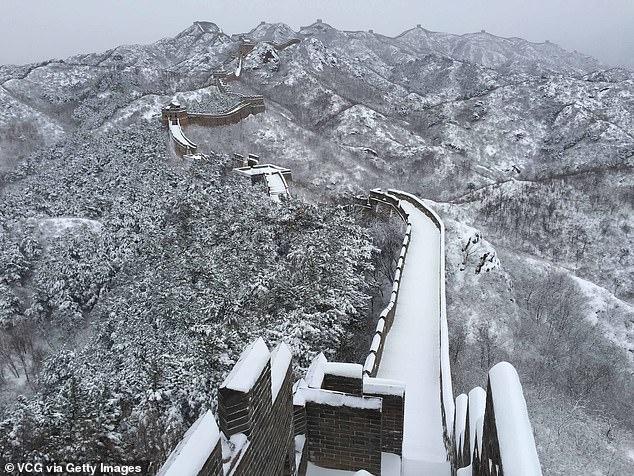 |
The Great Wall of China has also recently reopened after being deserted for weeks amid fears of the virus spread. The picture shows the Great Wall covered in snow amid virus outbreak (Photo: Getty Images) |
The Great Wall of China has recently reopened after being deserted for weeks amid fears of the virus spread.
Other renowned tourist attractions, including the West Lake, Terra Cotta Army and Potala Palace, have also opened their doors.
In Shanghai, the famous Bund waterfront was once again packed with shoppers and tourists, after weeks of being near deserted. Many of the city's restaurants that were shuttered only days ago also appeared to be doing a brisk trade, with several requiring reservations to enter.
A similar story played out in the capital Beijing, with locals flocking to the city's parks and open spaces.
The abrupt return to apparent normality comes more than three months after the virus was first detected in the Chinese city of Wuhan. The outbreak, which has since spread around the world infecting more than a million people, saw much of China brought to a near standstill in an effort to contain transmissions.
At its peak, thousands of new cases were recorded in China everyday. However, in recent weeks the rate of infection has slowed significantly. On Monday, China reported just 39 new cases, all but one of which were imported. To date, China has recorded 82,641 cases and 3,335 deaths.
But while the government is slowly relaxing restrictions, Chinese health experts have urged the public to continue to practice caution.
Zeng Guang, chief epidemiologist with the Chinese Center for Disease Control and Prevention, told the Health Times on Thursday that China had not seen the end of the epidemic.
"China is not near the end, but has entered a new stage. With the global epidemic raging, China has not reached the end," he said.
With the number of new infections in China reportedly falling, the government has tentatively begun efforts to restart the country's manufacturing and service industries, CNN reported
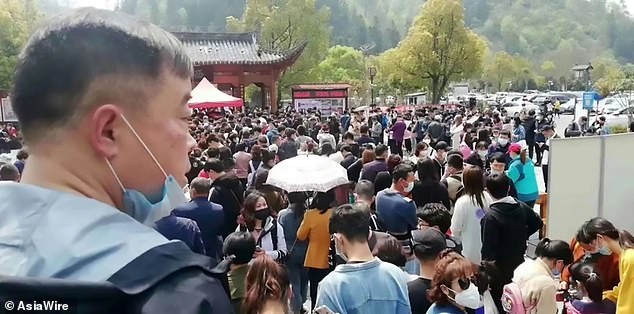 |
large crowds of people being stuck at the jam-packed Huangshan over the weekend after it has recently reopened (Photo: Asia Wire) |
.Too much, too soon?
The collapse in activity has affected every sector of the country's economy, leading to concerns of long term damage.
In recent weeks, however, there have been signs that the government has been wary of opening up too quickly and sparking a second wave of infections in the country.
Plans to re-open movie cinemas were canceled in late March, less than two weeks after they had been told to restart, according to state media. While numerous tourist attractions in Shanghai were open for just 10 days before they were shut again on March 31.
After pictures of the crowds at Huangshan emerged on social media, the People's Daily, the official newspaper of the ruling Communist Party, issued a stern reprimand on social media warning tourists: "Do not gather!"
In a commentary published on the newspaper's website, one opinion writer said while it was understandable people would want to get out after being shut up in quarantine, now was not the time to stop being "vigilant."
"If there are asymptomatic carriers present during large-scale gatherings, the consequences would be severe," the article said.
According to the paper, Huangshan has since announced it will stop receiving tourists.
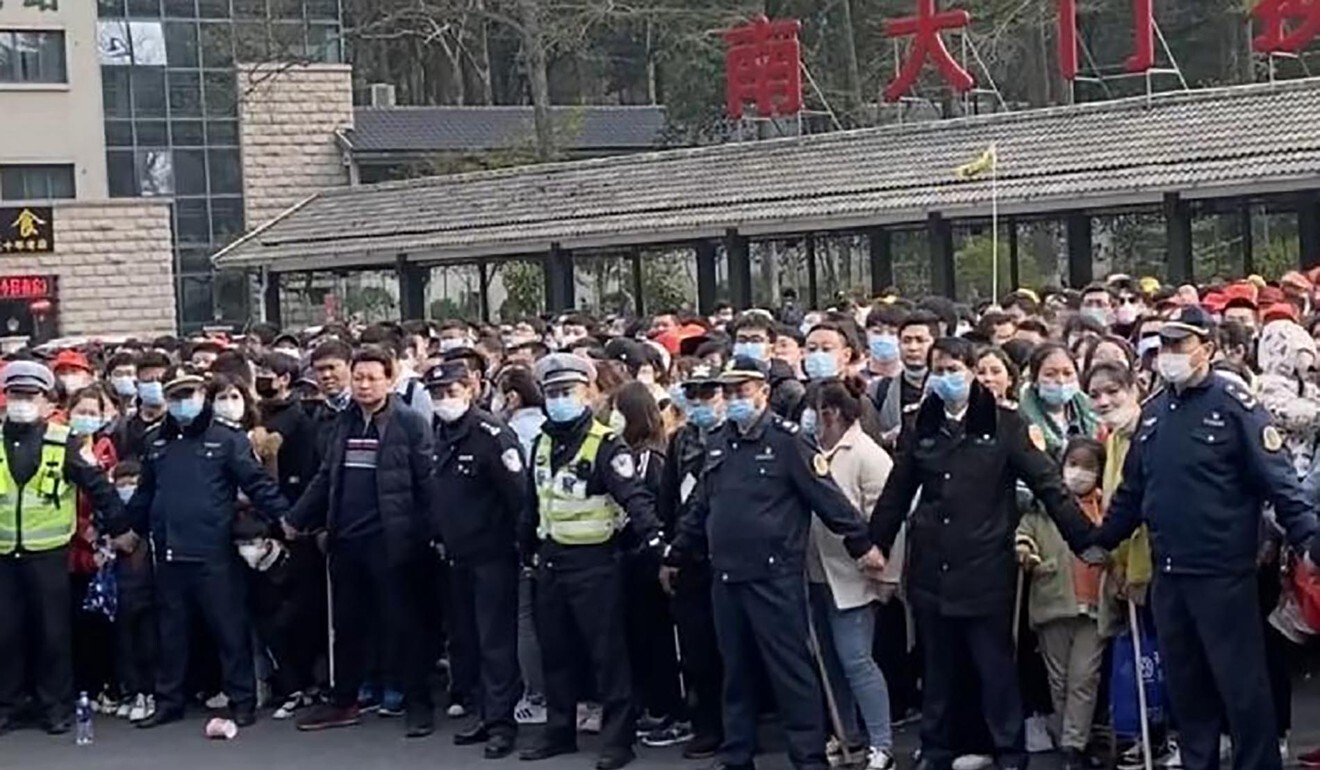 |
| Police are trying to stop the tourists from getting inside (Photo: Weibo) |
Third wave
Concerns around whether China is relaxing its coronavirus restrictions too soon have led Hong Kong experts and authorities to warn of the possibility of a "third wave" of infections in the city.
Speaking to CNN Sunday, Hong Kong epidemiologist Yuen Kwok-yung said that there could be a "new wave" of cases in mainland China, off the back of imported infections from Europe and the US.
"So in Hong Kong, we might have a third wave of cases coming from the mainland after a second wave ...The epidemic is still serious in the society. At this stage, it is still not optimistic. What worries me the most is inadequate testing on patients with mild symptoms, which prevents us from cutting off the chain of transmission," he said.
The global financial hub is still trying to contain a second wave of imported cases after returning citizens and expatriates from Europe and the United Kingdom led to a new outbreak in late March.
In just under two weeks, the number of local infections has risen from 317 to almost 900.
The convenor of Hong Kong's Executive Council, Bernard Chan, told public broadcaster RTHK Sunday that the city's government still had stricter measures it could bring in to contain the coronavirus epidemic.
Such measures could include restricting restaurants to "take-out only" or even a citywide lockdown.
"It could also risk spreading panic but we have to accept that it may be necessary if the alternative is the risk of something worse," he said.
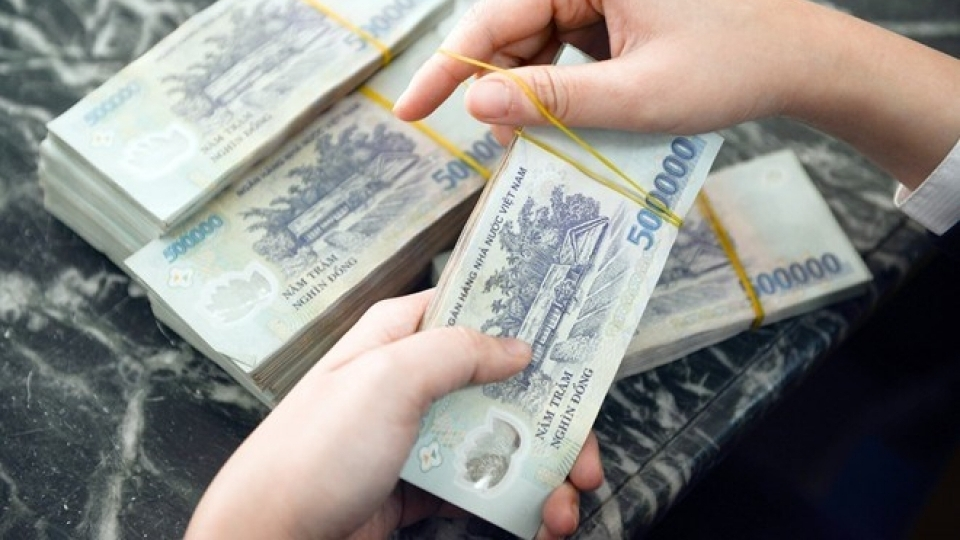 | Hanoi poised to cut regular spending by 5% to combat epidemic Hanoi is gearing up to cut at least 5% of its regular expenditure, in addition to reviewing the financial situation in order to come up ... |
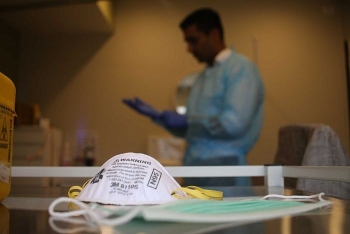 | How did faulty China-made medical face masks get to Europe? In early March, with 116 million masks daily produced daily – 12 times as many as a month prior-China extends its help to other countries ... |
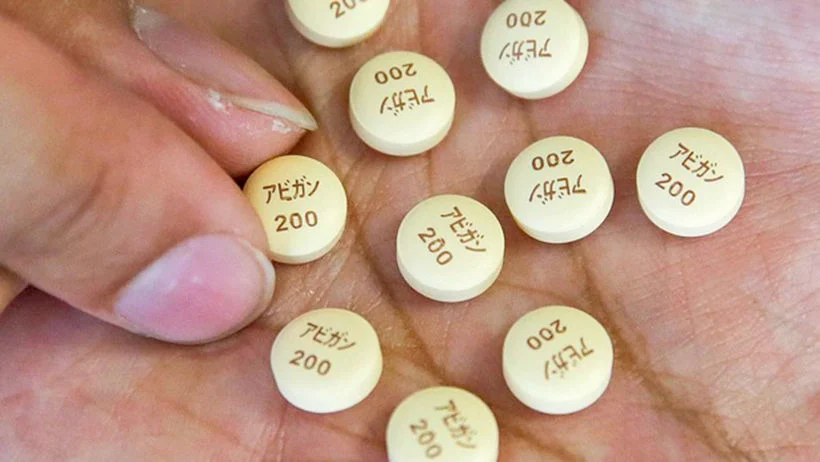 | Japan considers increasing stockpile of Avigan as the drug is tested to treat coronavirus Japan will boost the reserve of Fujifilm Holding Corp’s Avigan anti-flu drug during this fiscal year aiming to serve as many as 2 million people, ... |
In topics
Recommended
 World
World
Pakistan NCRC report explores emerging child rights issues
 World
World
"India has right to defend herself against terror," says German Foreign Minister, endorses Op Sindoor
 World
World
‘We stand with India’: Japan, UAE back New Delhi over its global outreach against terror
 World
World
'Action Was Entirely Justifiable': Former US NSA John Bolton Backs India's Right After Pahalgam Attack
Popular article
 World
World
Nifty, Sensex jumped more than 2% in opening as India-Pakistan tensions ease
 World
World
Easing of US-China Tariffs: Markets React Positively, Experts Remain Cautious
 World
World
India strikes back at terrorists with Operation Sindoor
 World
World

